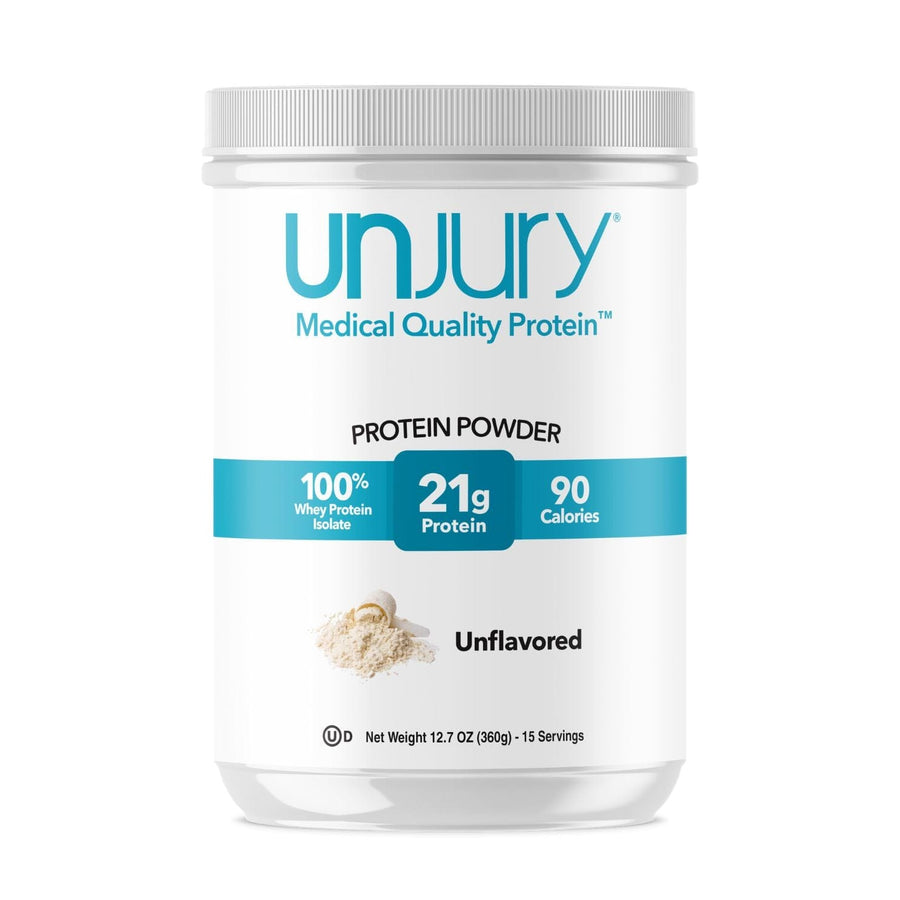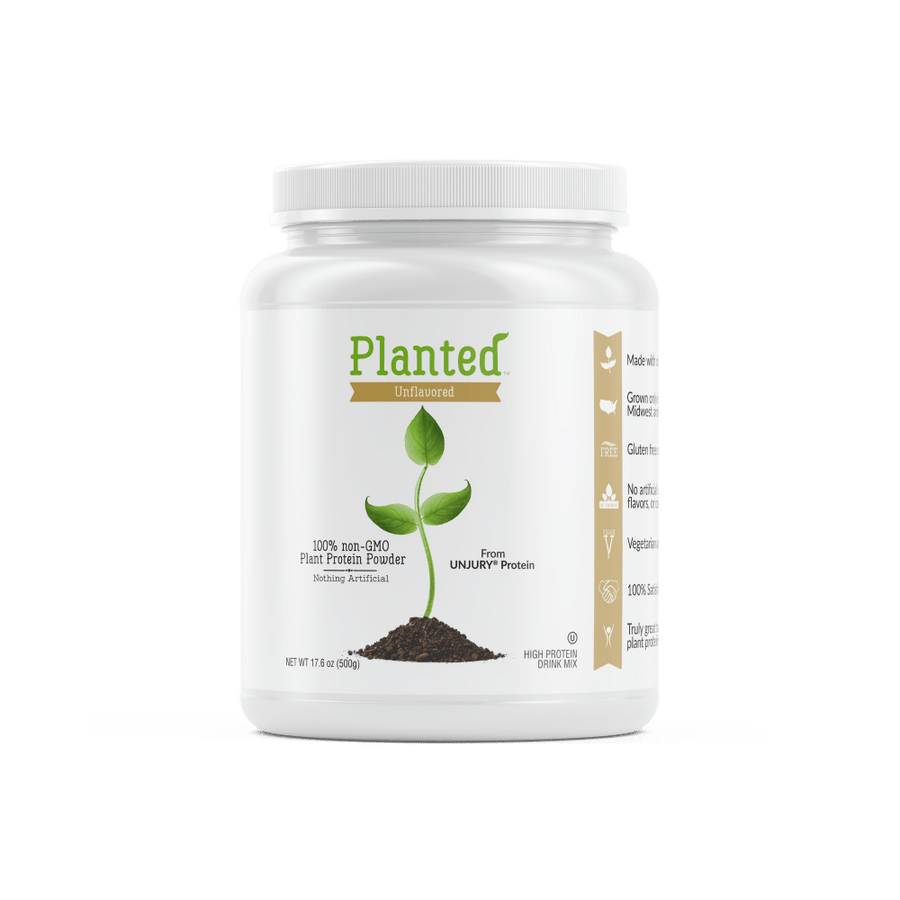Five Easy Ways to Get More Protein and Fiber for a Healthier Metabolism
When it comes to supporting a healthy metabolism and managing your weight, two nutrients deserve a little extra attention: protein and fiber. They play powerful roles in keeping you satisfied, balancing blood sugar, promoting healthy digestion, and supporting overall metabolic health.
The good news? Adding more of both to your routine is easier than you think.
Here’s a quick look at why protein and fiber matter—plus five simple, realistic ways to get more of them every day.
Why Protein and Fiber Matter for Metabolic Health
Protein helps preserve lean muscle mass, essential for maintaining a healthy metabolism. It also takes more energy to digest, meaning your body burns a few extra calories processing it (this is known as the thermic effect of food). Plus, protein helps keep you fuller and longer, which can naturally support portion control and reduce mindless snacking.
Fiber plays a big role in digestion, blood sugar balance, and gut health. It slows down the absorption of sugar into the bloodstream, preventing spikes and crashes that can lead to cravings and fatigue. Fiber also adds bulk to meals without adding calories, promoting fullness and healthy digestion.
The problem with fiber? Most people aren’t getting enough.
The recommended daily fiber intake is about 25 grams for women and 38 grams for men, but most adults in the US get barely half that amount. Upping your fiber intake can help improve digestion, regulate appetite, and support a healthier metabolism over time.
Five Easy Ways to Add More Protein and Fiber to Your Day
1. Start with a Protein-Packed Breakfast
Skipping protein in the morning can leave you hungrier later. Try options like:
- Greek yogurt with berries and chia seeds
- A protein smoothie with Unjury Unflavored Protein Powder, spinach, and frozen fruit
- Eggs or egg whites with sautéed veggies
Bonus: Add a sprinkle of ground flaxseed or fiber powder to smoothies for an easy fiber boost.
2. Choose Snacks That Check Both Boxes
The best snacks combine protein and fiber to keep you satisfied between meals. Try:
- Hummus with baby carrots and cucumber slices
- Almond butter on whole-grain or high-fiber crackers
- Roasted edamame or dry-roasted chickpeas
- Low-fat string cheese with an apple
- Cottage cheese with sliced pear or apple
3. Bulk up Your Meals With Beans and Lentils
Legumes are a fantastic source of both plant-based protein and fiber. Add them to:
- Salads
- Soups
- Grain bowls
- Tacos
Even just a ½ cup of lentils delivers around 9g of protein and 8g of fiber!
4. Make Smart Swaps
A few simple switches can add a good dose of protein and fiber to your routine:
- Swap white pasta for chickpea or lentil-based pasta
- Use high-fiber wraps or whole-grain bread instead of white bread
- Trade chips for roasted edamame or spiced chickpeas
5. Don’t Forget Protein and Fiber at Dinner
Many people focus on protein at dinner but forget the fiber. Round out your plate with:
- A grilled chicken breast or a salmon filet
- A side of roasted Brussels sprouts, broccoli, or a leafy green salad
- A scoop of quinoa, farro, or another whole grain
Tip: Add beans or lentils to soups, stews, and casseroles for a fiber and protein boost.
The Takeaway
Protein and fiber work together to support satiety, blood sugar balance, digestive health, and a healthy metabolism—all key for managing weight and overall wellness.
With a few simple tweaks to your meals and snacks, you can easily get more of both, and your metabolism will thank you.












